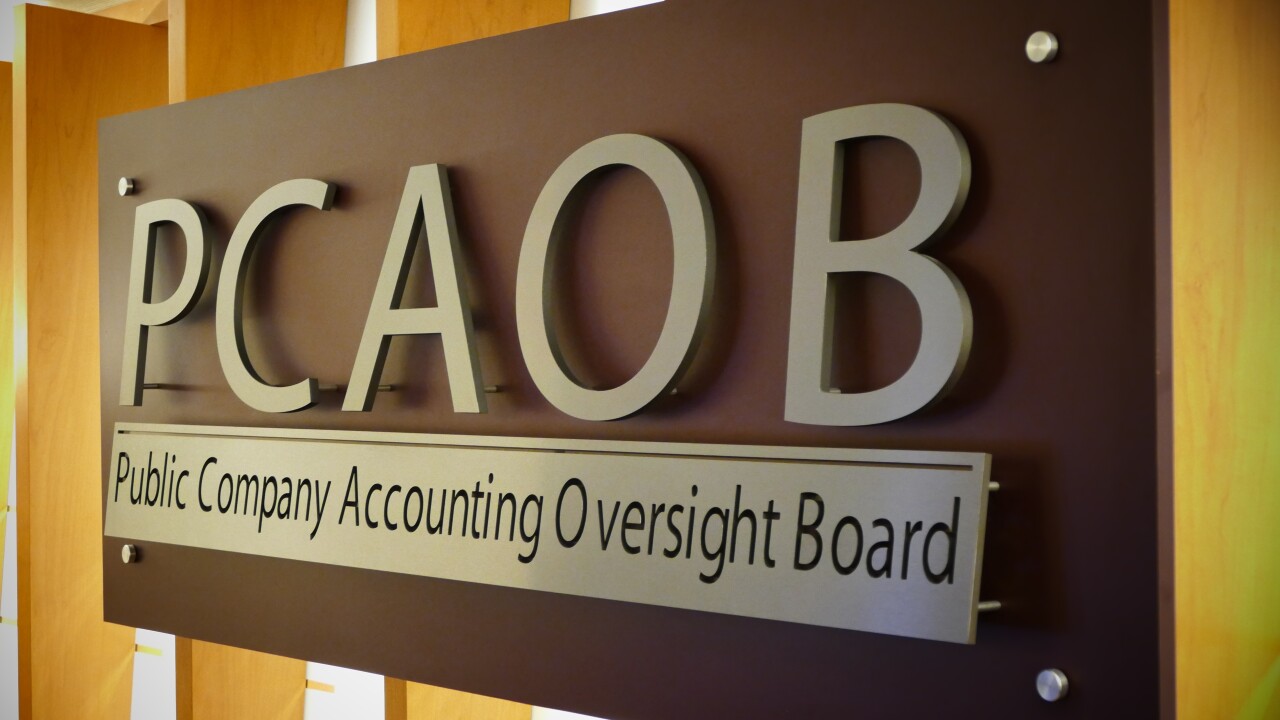The Taxpayer Advocate Service’s Centralized Case Intake program should make some changes to provide better customer service for taxpayers, according to a new report.
The
But while the CCI program provided some benefits, TIGTA found some significant weaknesses in the program, including long telephone call wait times and case files that were missing important details. For instance, TIGTA found that taxpayers had to wait on hold for more than an hour during peak periods (in both March 2017 and 2018 in the middle of tax season) before they could reach a CCI intake advocate. During the week of March 10, 2018, callers waited an average of one hour and 25 minutes to speak with a CCI intake advocate. Nearly 8,200 callers hung up the phone that week before an intake advocate answered their calls.

CCI intake advocates only spend approximately 50 percent of their time actually responding to and documenting taxpayer phone calls, but they spend the rest of their time performing other duties.
The report suggested intake advocates should prepare cases for faster assignment and resolution by getting and documenting the key details. However, for 62 of the 85 cases sampled by TIGTA (that is, 73 percent), CCI intake advocates didn’t record sufficient details about the taxpayer’s issue or hardship in the case files they generated.
CCI intake advocates should help taxpayers with resolve their cases in a timely way by telling them about any documentation they might need to resolve tax issues, the report suggested. However, for 46 of the 85 cases sampled by TIGTA (or about 54 percent), CCI intake advocates didn’t actually document whether they advised taxpayers they might need to provide documentation to help resolve their issue. TIGTA also found that customer satisfaction surveys for fiscal year 2017 didn’t indicate that the CCI process improved customer satisfaction.
While the Taxpayer Advocate Service expected that establishment of the CCI program to lead to a decrease in direct case time (the hours and minutes spent working on a case), TIGTA didn’t identify any reduction in the direct time a case advocate spent on cases initiated through the CCI program, compared to all other TAS cases.
In the report, TIGTA made six recommendations to National Taxpayer Advocate Nina Olson, who runs the Taxpayer Advocate Service, including suggesting that the TAS develop a staffing plan to improve wait times during peak call volume periods and develop and measure quantifiable program goals to determine the impact of the CCI program.
In response, Olson agreed with the recommendations and plans to take corrective actions, expanding CCI staffing, doing more training for employees, updating guidance for the staff, and incorporating a question about intake in its customer service satisfaction survey.
“I am very proud of our efforts to start up the Centralized Case Intake program, but agree that this program may be further improved,” Olson wrote in response to the report. “The recommendations made in this report will enhance the program, and we intend to implement actions to address these recommendations.”





